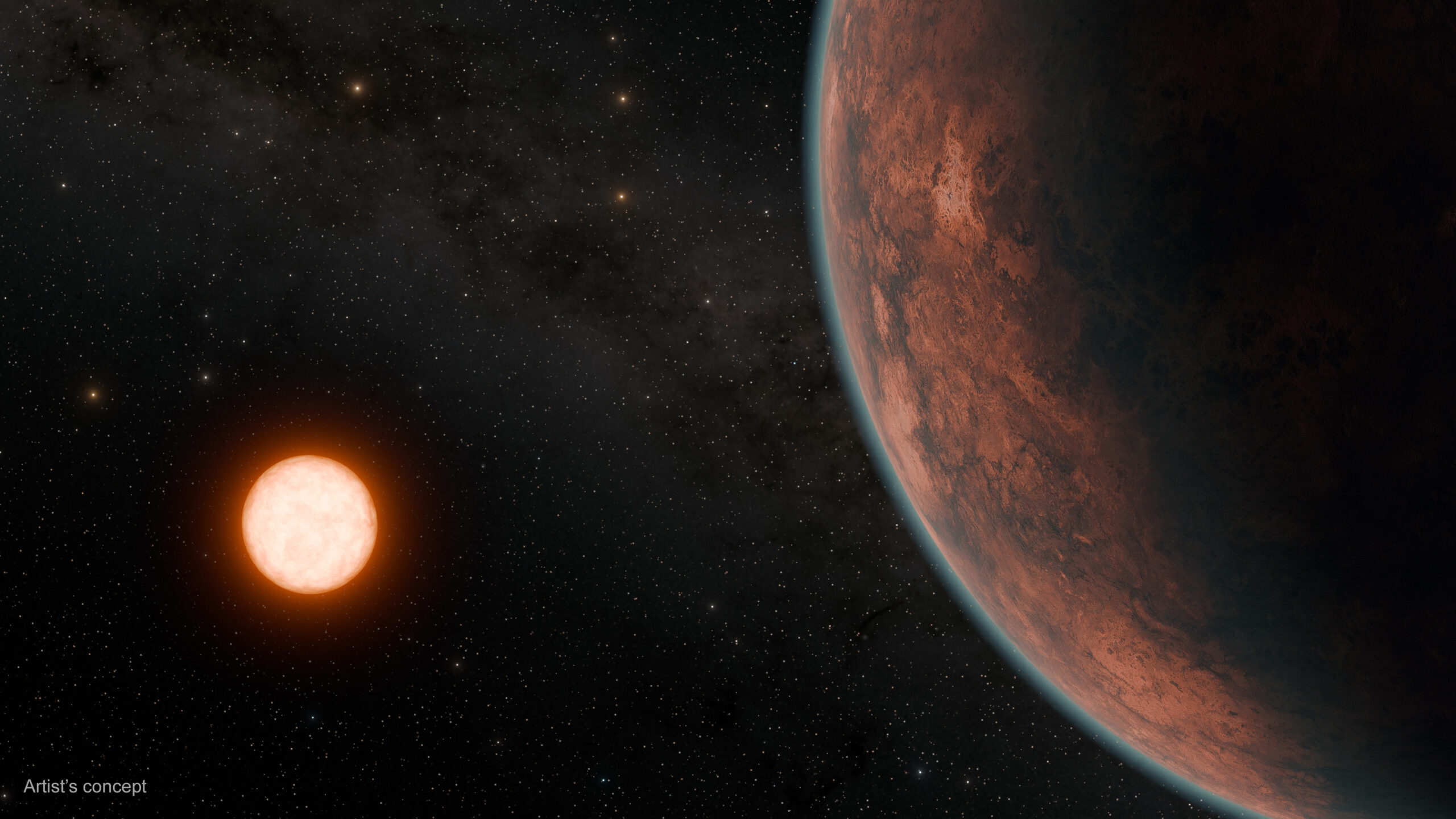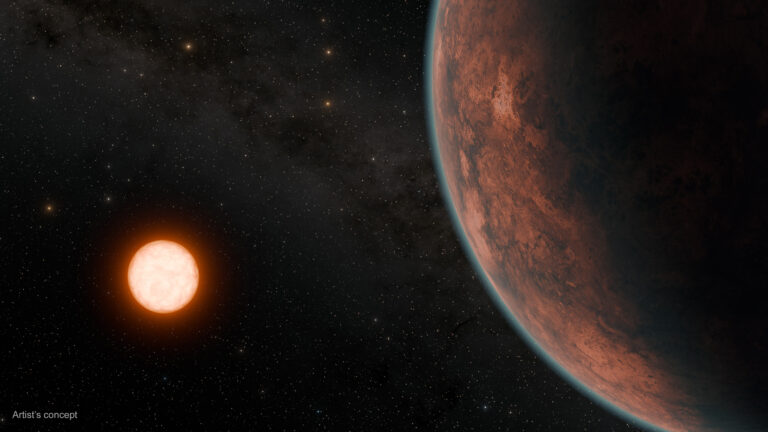Venus Malevolent Twin or Earth’s Forgotten Sibling? The Fascinating Case of Gliese 12 b
Recent findings of a Venus-like planet, Gliese 12 b, enhance our search for life-supporting planets, providing a closer look at potential “evil twins” of Earth.
A new planet which is almost similar to the Venus has recently been discovered orbiting a star within the region of our Solar System and astronomers hope this might help them understand how life came into existence on Earth.

The study of life in the Universe is difficult because we have only one example of a planet where life has been confirmed: Our home, Earth. It questions what attributes of Earth are indispensable for the emergence of life, and which of them do not matter at all. Until scientists can discover an identical planet to Earth where the proper conditions also arose, the most astronomers can do is observe clones, planets with comparable conditions to Earth but evolved into inhospitable and life-less conditions.
Observations in our Solar System and beyond
Thus, Venus and Mars as the ‘evil twins’ devoid of life exhibit only two examples with rather much doubt as to how strict or liberal these conditions may be. As for the planets orbiting stars besides the sun, over 5,500 of them have been identified since the beginning of the 1990s. However, most of these planets are at least hundreds of light years away from the Earth, which makes it more difficult to investigate them in depth.
Close Encounter With Gliese 12 b
In this research, the team, using data collected by the TESS space telescope of NASA and cameras MuSCAT2 and MuSCAT3, developed by the Astrobiology Center (ABC) in Japan in cooperation with the University of Tokyo as well as the Subaru Telescope of the National Astronomical Observatory of Japan, discovered and characterized a new planet, Gliese 12 b. Gliese 12 b is located immediately nearby the Solar System, approximately at a distance of 40 light-years in the direction of the concentration Pisces. So, Gliese 12 b is a perfect candidate for observations with the NASA’s James Webb Space Telescope and other 30-m class telescopes in future.
Characteristics and Potential of Gliese 12 b
Until now, the international team, headed by Japanese scientists from the Astrobiology Center, the University of Tokyo, National Astronomical Observatory of Japan, and the Tokyo Institute of Technology has concluded that Gliese 12 b has only one orbital period, or one year on the planet. 8 days. The planet has a radius which is only 4% less than the radius of the Earth and is less than 3. 9 times the mass of the Earth. Gliese 12 b is subjected to 1. Receiving six times as much radiation from its host star as Earth gets from the Sun. For comparison, Venus receives 1. The moon has 9 times more radiation than the earth.
Conclusion and Future Research
In this light, the team concluded that Gliese 12 b is the “evil twin,” similar to Venus rather than the earth. Nevertheless, it has not fully excluded the idea that Gliese 12 b might be a planet as similar as Earth in terms of possessing water on the surface. Observations will be made to note whether Gliese 12 b is an ‘evil twin’ or an ‘Earth twin’ respectively; Studying Gliese 12 b will help to understand the conditions, which are necessary for a habital(sp?) planet to develop.
The Research:DOI: 10.3847/2041-8213/ad3642
Do not forget to share your opinion with us to provide you with the best posts !




0 Comments